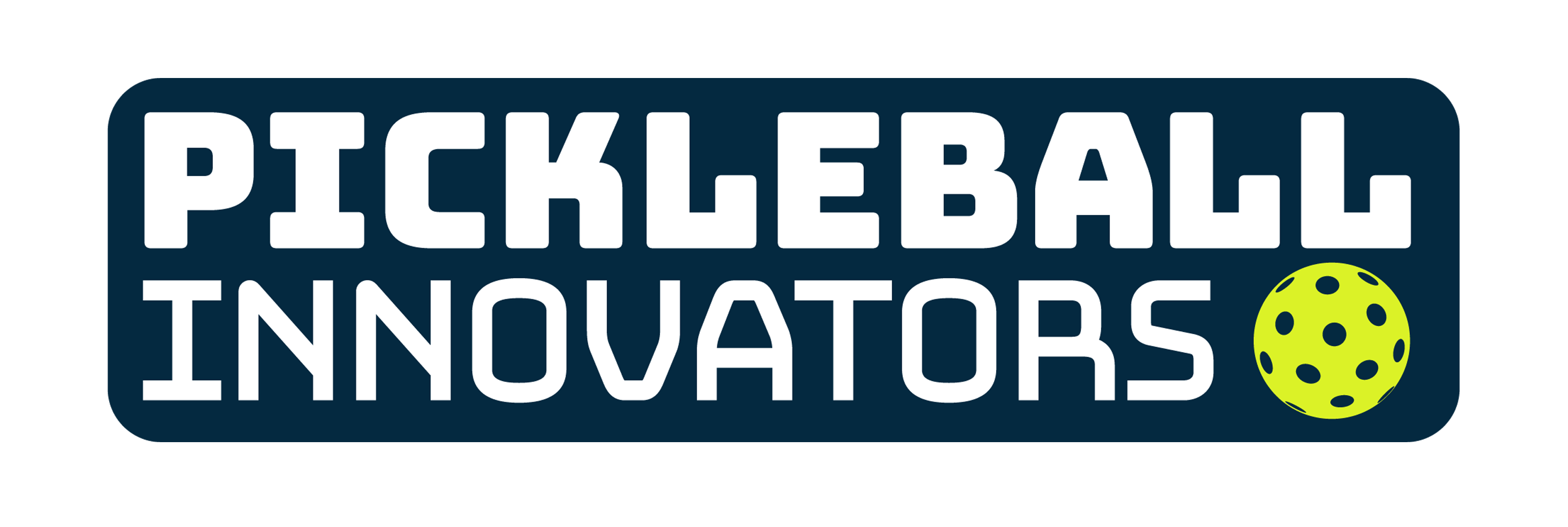At the recent RacquetX conference in Miami, a panel of industry experts from architecture, court construction and racquet sports development came together to unpack the trends, challenges and opportunities shaping the next generation of sports facilities. For pickleball business owners and operators, the session provided valuable insights into how to approach racquet facility design — whether retrofitting a former tennis court or planning a brand-new complex.
Retrofitting Rules the Market
A consistent theme throughout the discussion was that most new projects aren’t actually new builds. Instead, the majority of current developments are renovations — often converting existing tennis courts into multi-use racquet sport facilities that include pickleball, padel and tennis. This trend is especially prominent in country clubs, HOAs and space-constrained urban or northern regions where real estate is limited. For operators, this underscores the importance of thinking creatively about how to maximize existing spaces.
The Rise of the Multi-Sport Experience
As demand grows across racquet sports, facility layouts are shifting to accommodate multiple game types in a single footprint. Operators are integrating pickleball alongside padel and tennis, creating programming flexibility and operational efficiencies. However, panelists cautioned against cramming too many courts into small footprints, which can create safety and layout challenges. Smart design balances density with usability, ensuring each sport has its own identity and support infrastructure — like shaded areas, social spaces and shared amenities.
Plan for What’s Next: Padel’s Growing Momentum
While pickleball remains red-hot, padel is gaining traction in the U.S. — especially among members returning from winter in Florida where the sport is taking off. Including padel courts or designing with future expansion in mind can create a competitive advantage in markets that haven’t yet matured. However, this is an emerging market, so be wary of jumping too quickly before your target audience is ready. Do your research.
Build to Last, Not Just to Launch
Materials matter. Post-tensioned concrete is emerging as the preferred surface in northern climates due to its durability and low maintenance, while asphalt remains popular in the south due to cost and environmental conditions. The panel emphasized evaluating upfront investment versus long-term maintenance, especially since replacement and upkeep costs can far exceed initial savings. Cushion systems and subsurface irrigation were also discussed as high-impact investments depending on member demographics and programming needs.
Noise and Neighborhoods: A Growing Concern
Pickleball’s signature pop may be beloved on the court but loathed by neighbors. Noise mitigation is becoming a critical consideration, especially in retrofitted spaces near homes. Solutions range from acoustic fencing to structural screens — but these add to cost and complexity, and are not always effective. Operators were urged to consider noise in their earliest planning stages to avoid community pushback and redesign expenses.
Indoor Conversions Come with Hidden Costs
With real estate at a premium, many operators are eyeing warehouses or retail spaces for indoor pickleball. The panel flagged several concerns: inadequate ceiling height, poorly spaced support columns, subpar flooring and evolving building codes around insulation and snow load. While indoor venues offer year-round play, they often require significant prep work and structural adjustments — making thorough planning essential.
Bottom Line for Operators
The message from industry veterans was clear: success in facility development hinges on early planning, expert guidance and a long-term mindset. Pickleball business owners should view facility design not just through the lens of today’s demand, but with flexibility for tomorrow’s trends, multi-sport programming and ongoing operational efficiency.
As the racquet sports landscape evolves, those who build with foresight will be best positioned to serve players, grow revenue and stay ahead of the competition.
The session, “Design and Build: What Goes into Creating the New Wave of Sports Facilities,” featured Fred Stringfellow of the American Sports Builders Association (ASBA), Jeffrey McClure of Fast Dry Courts, Eric Loftus of Northeast Padel and Padel Solutions Group, Tim Gerrits of GMB Architecture + Engineering, and David LaSota of The Tennis Design Studio.
With over a decade spent covering the business side of sports and fitness, Rachel Chonko brings a wealth of experience and a true passion for active communities to Peake Media. As Editor-in-Chief, she’s focused on helping pickleball clubs and fitness facilities thrive, from guiding growth strategies to showcasing the latest industry trends. Rachel also hosts the Club Solutions Magazine Podcast, where she interviews leaders in fitness and pickleball to share insights and success stories with the wider community to give her listeners a competitive edge.
After taking up pickleball herself, Rachel has come to appreciate the sport’s unique blend of social connection and active living — a mix that’s perfectly in line with her editorial philosophy. Connect with her on LinkedIn, or check out her articles below for a deep dive into the energy and culture driving pickleball’s rapid rise.







